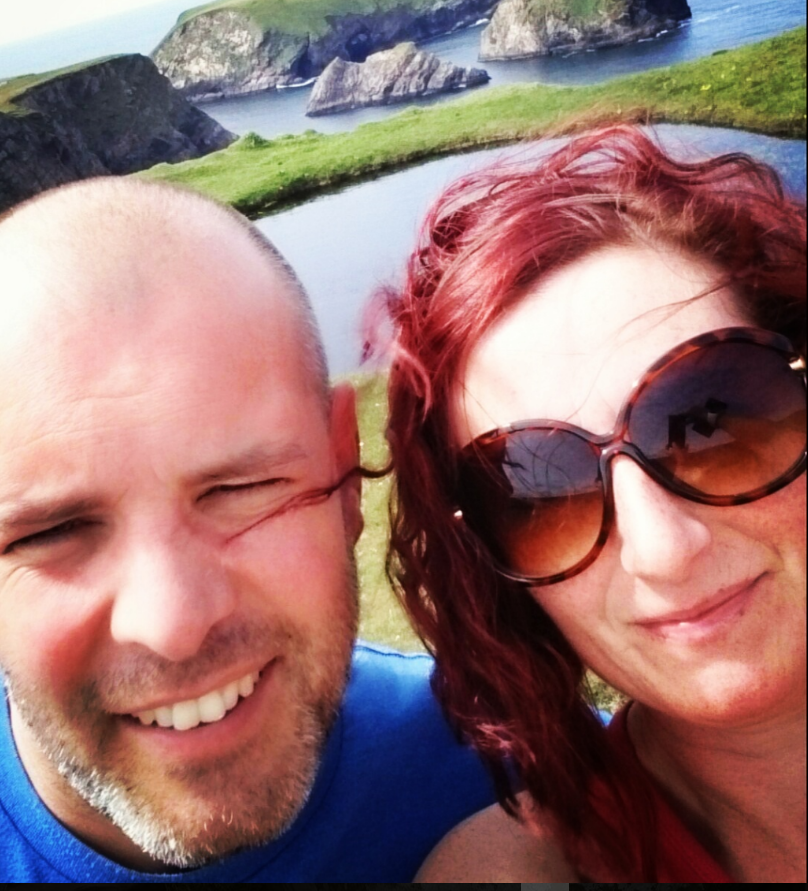|
|
�
About the AuthorWe are Peter & Dolores De Bie. We love the great outdoors, discovering new parts of the world and writing about our adventures along the Wild Atlantic Way and further afield Categories
All
|
Contact us |
Where are our visitors from |
copyright © 2024 www.outdoorfitnesssligo.com
©Website design by Outdoor Fitness Sligo
©Website design by Outdoor Fitness Sligo
 RSS Feed
RSS Feed
